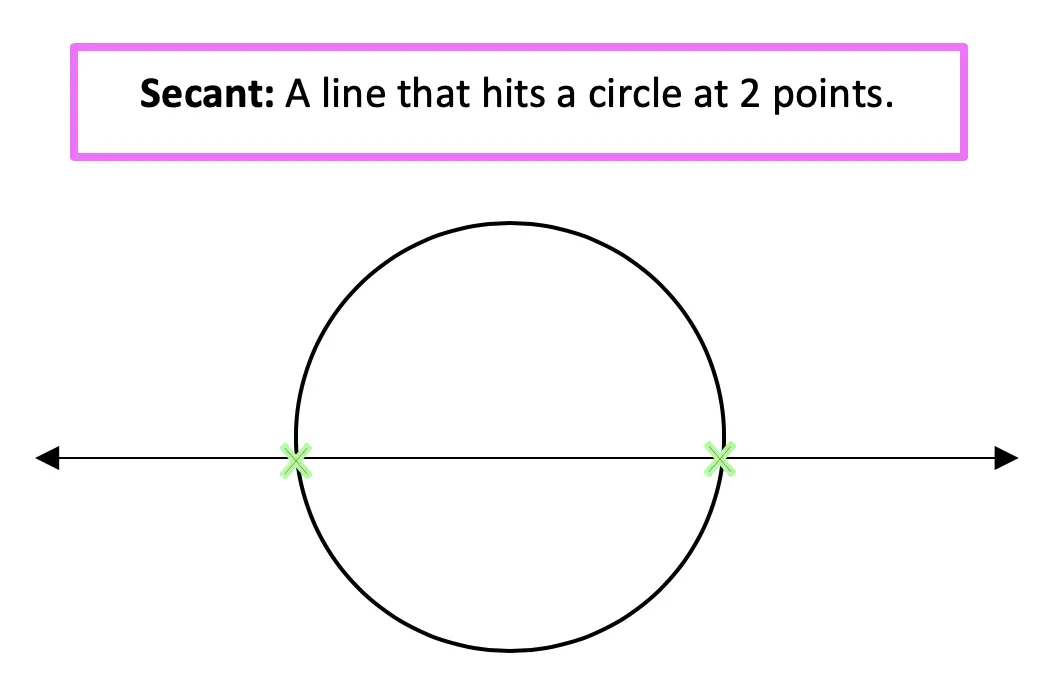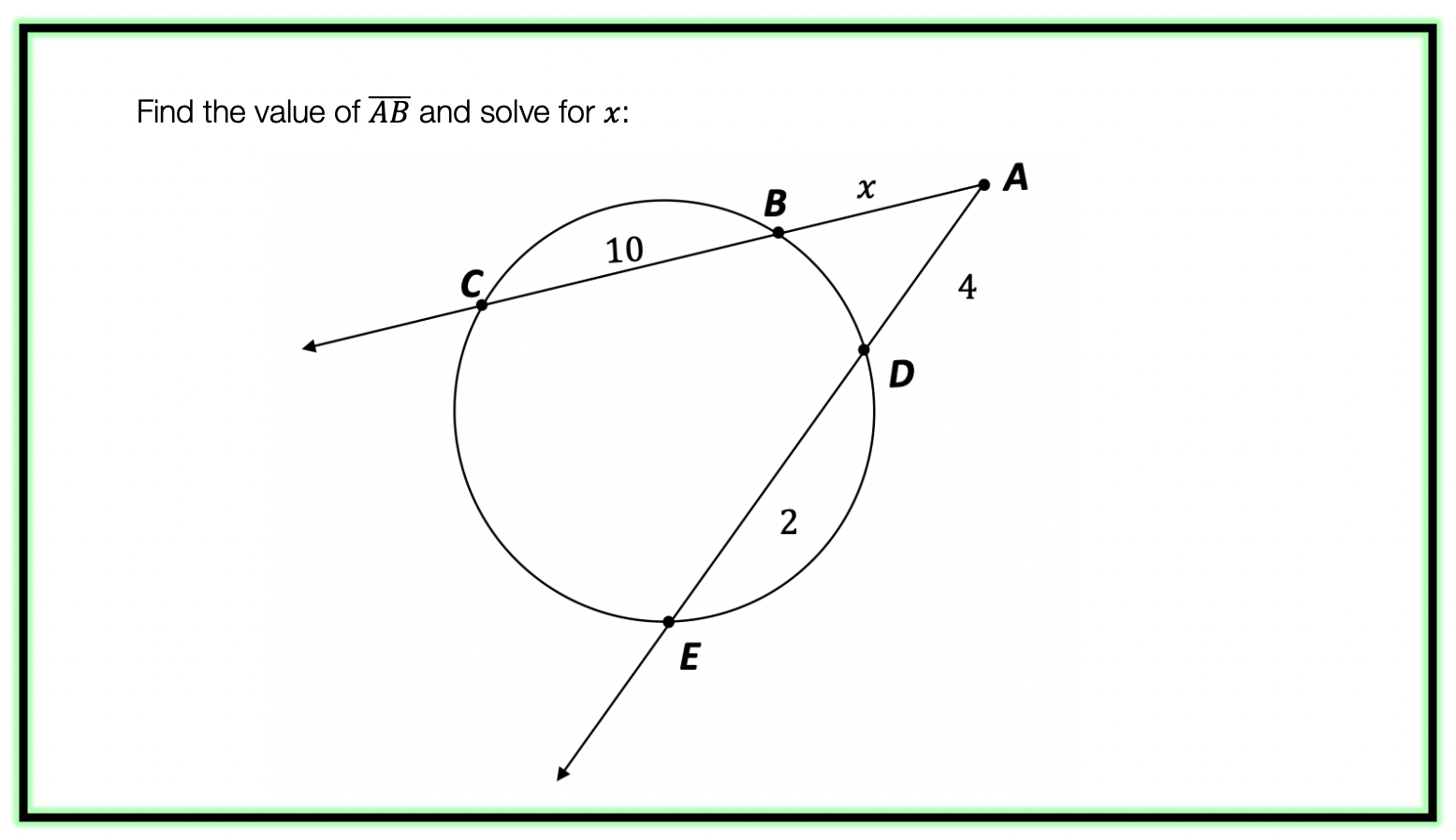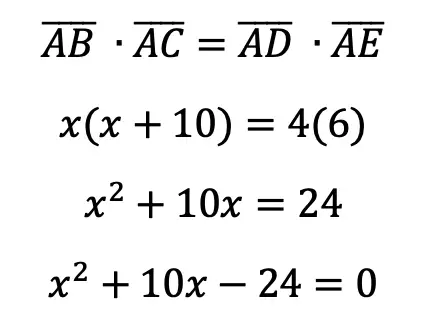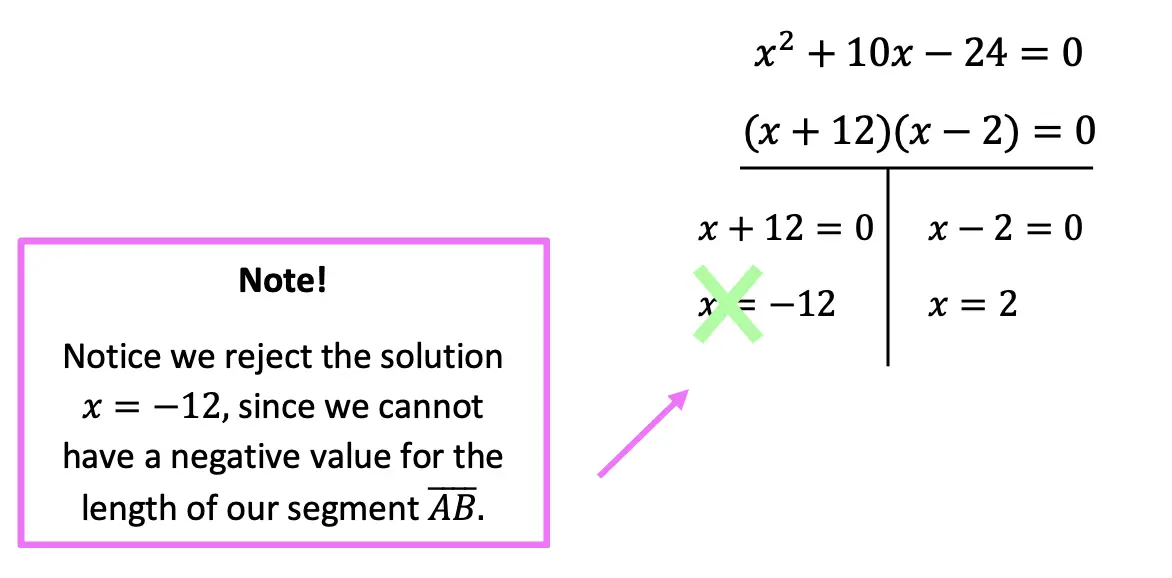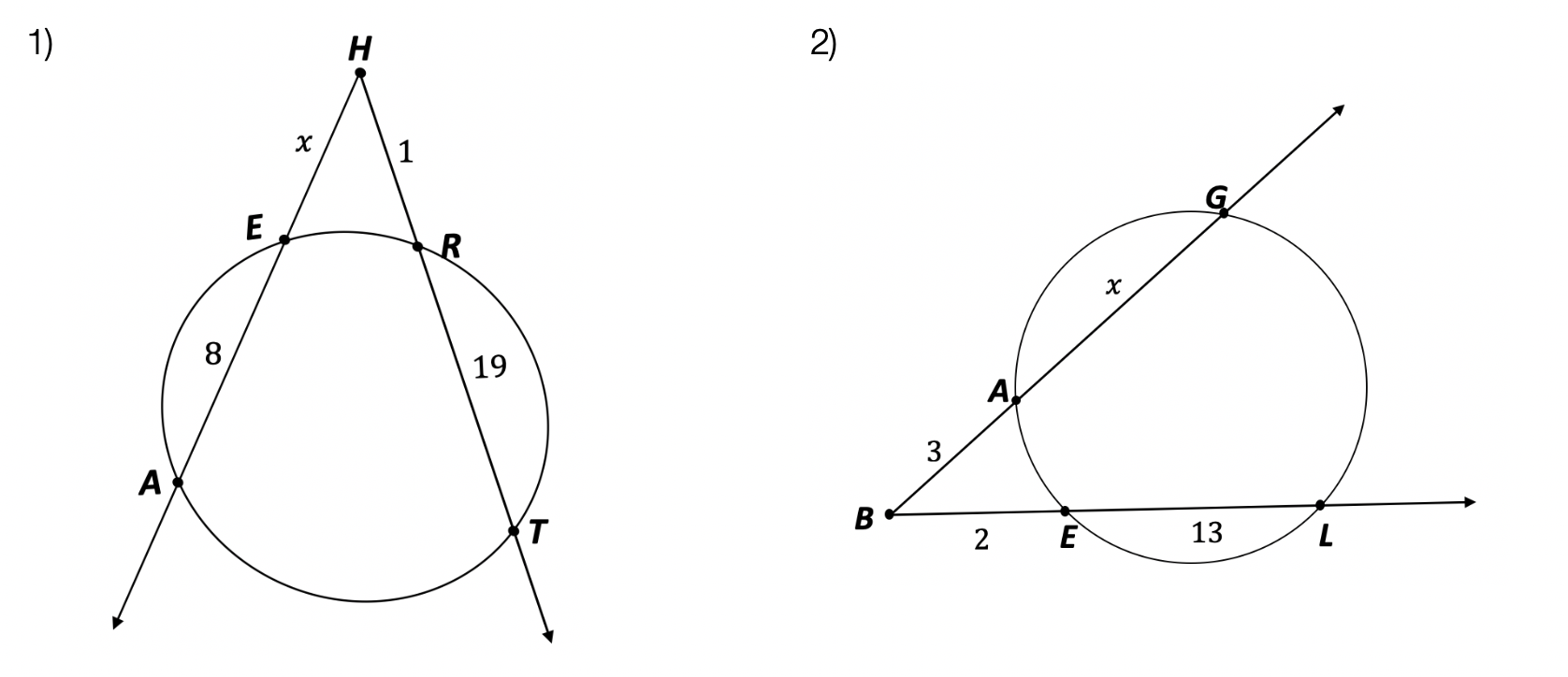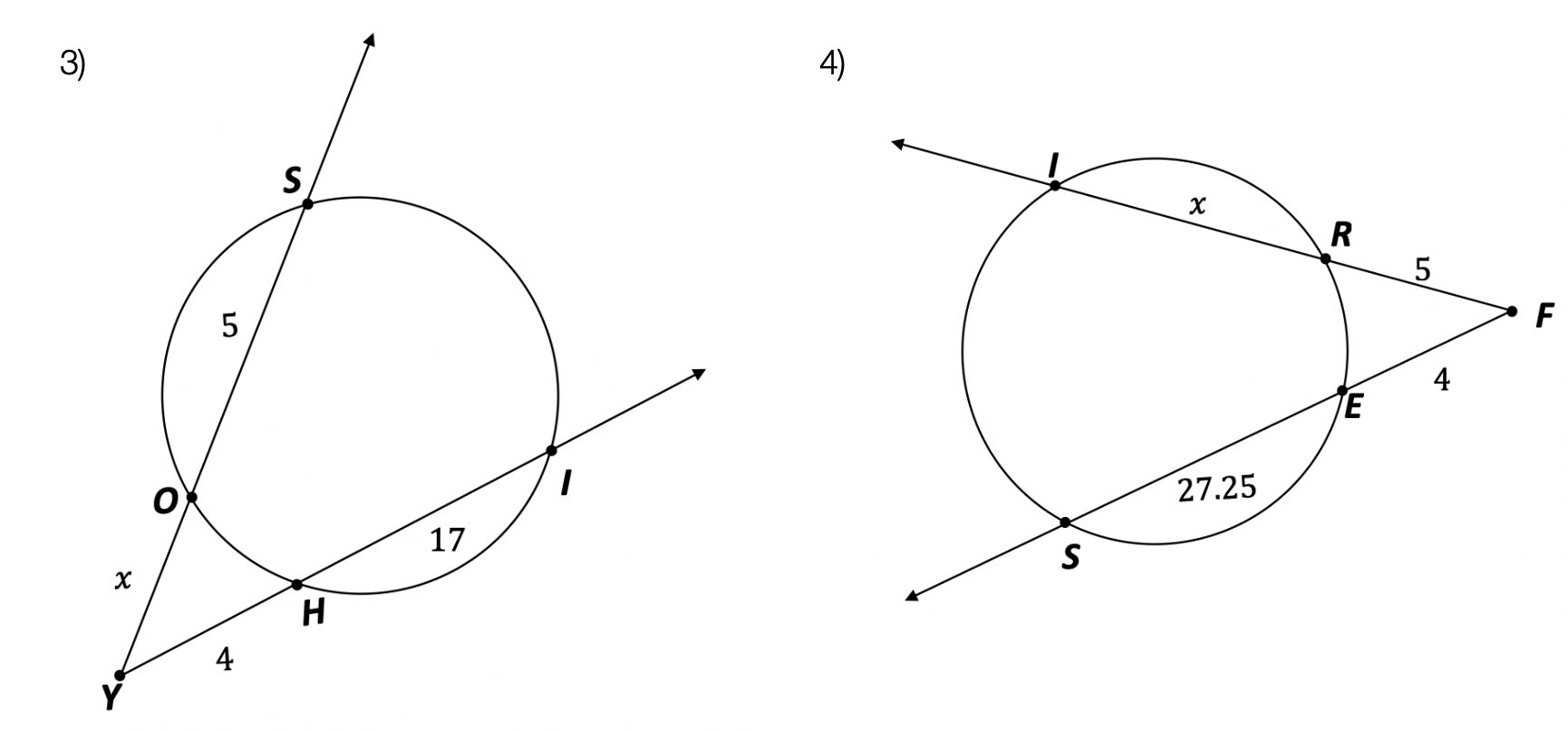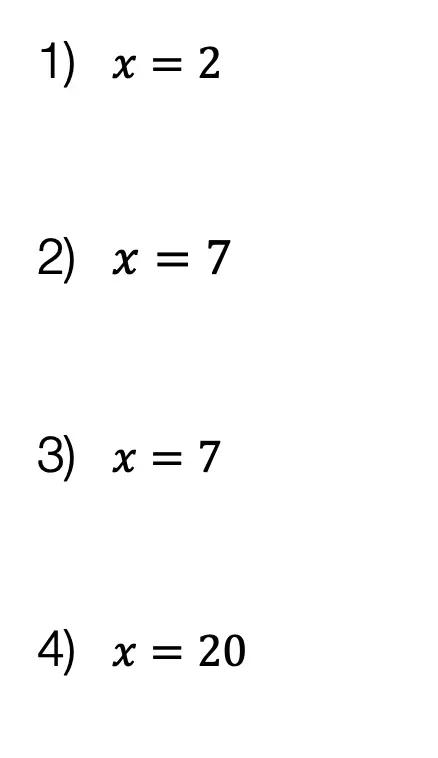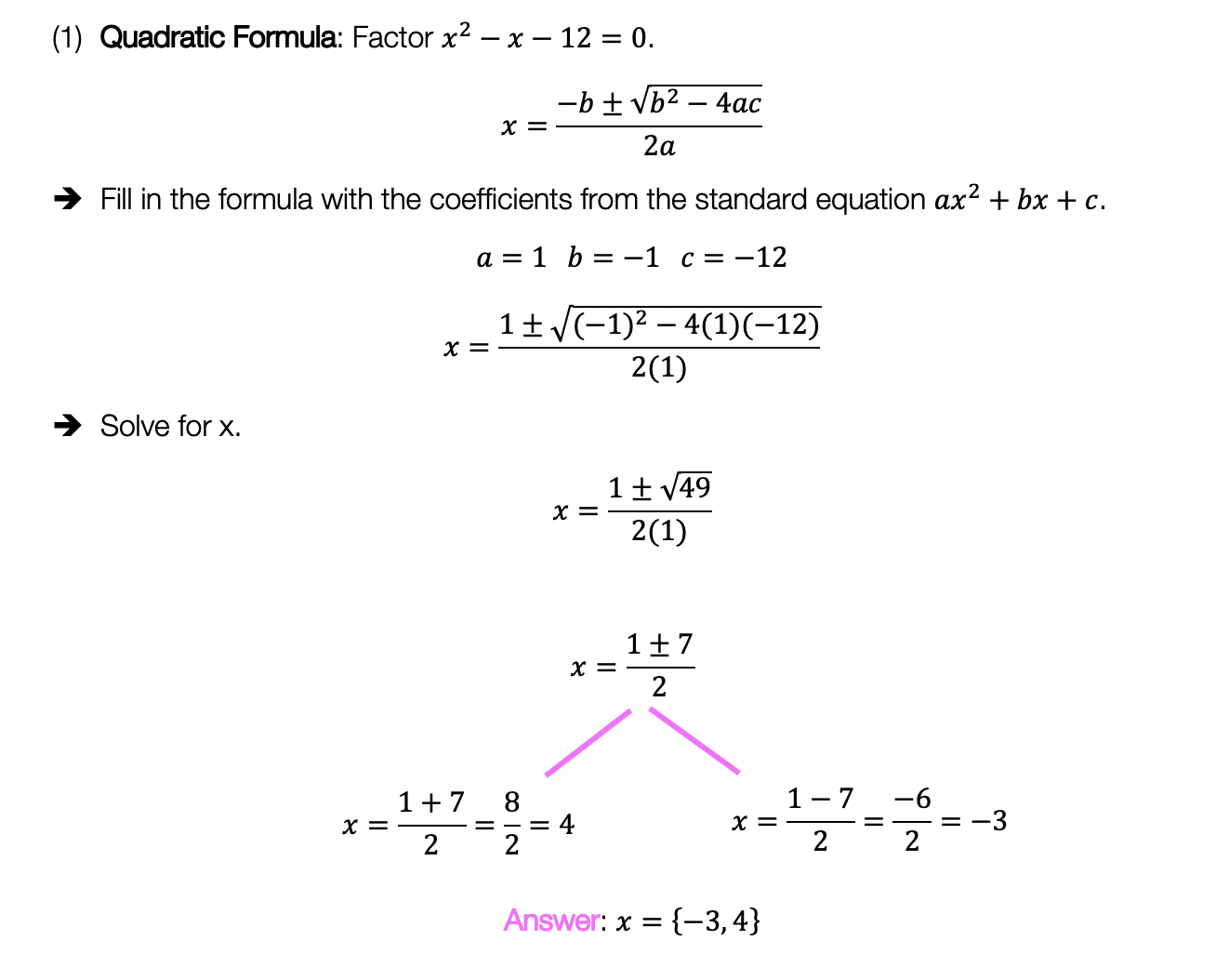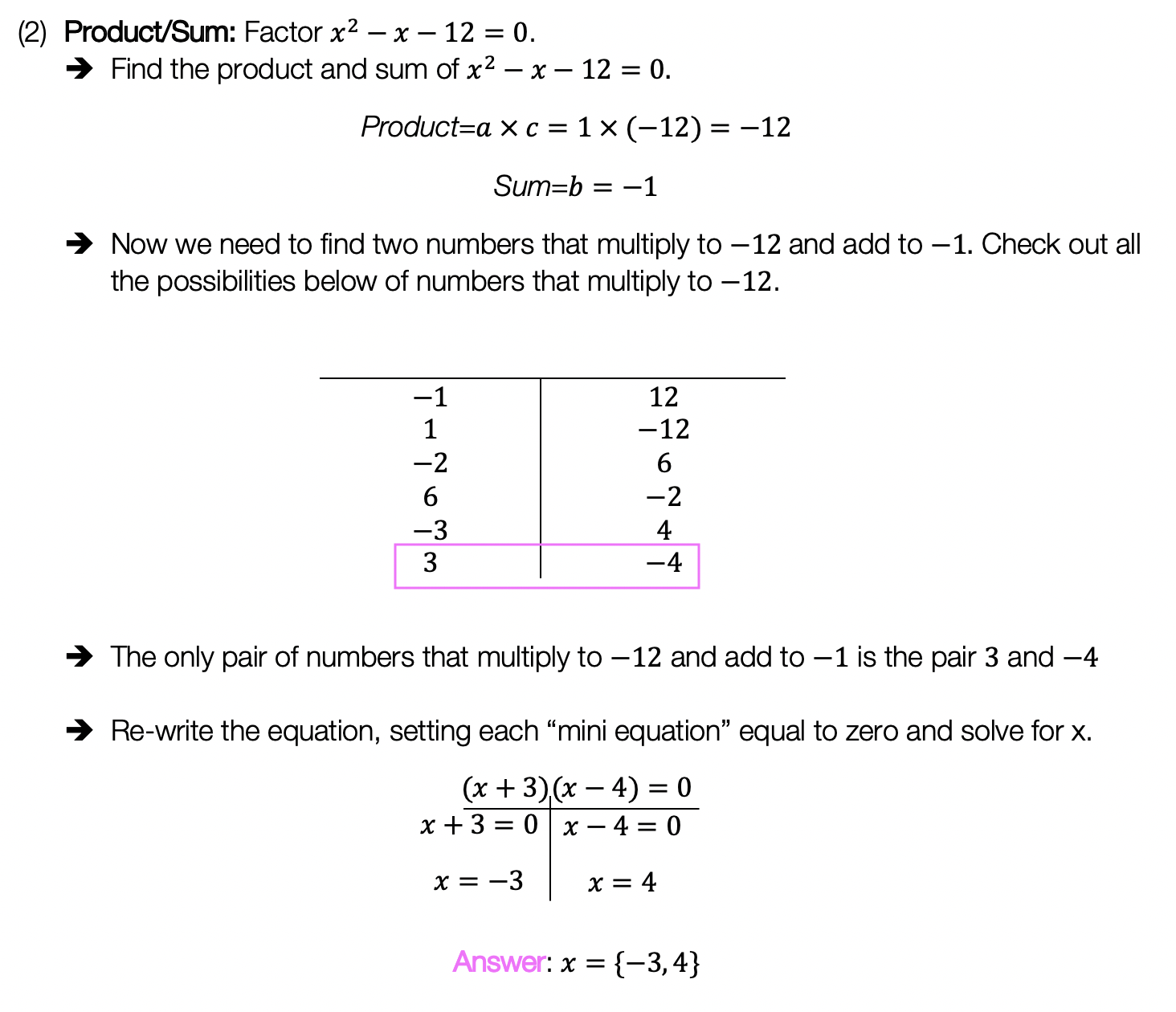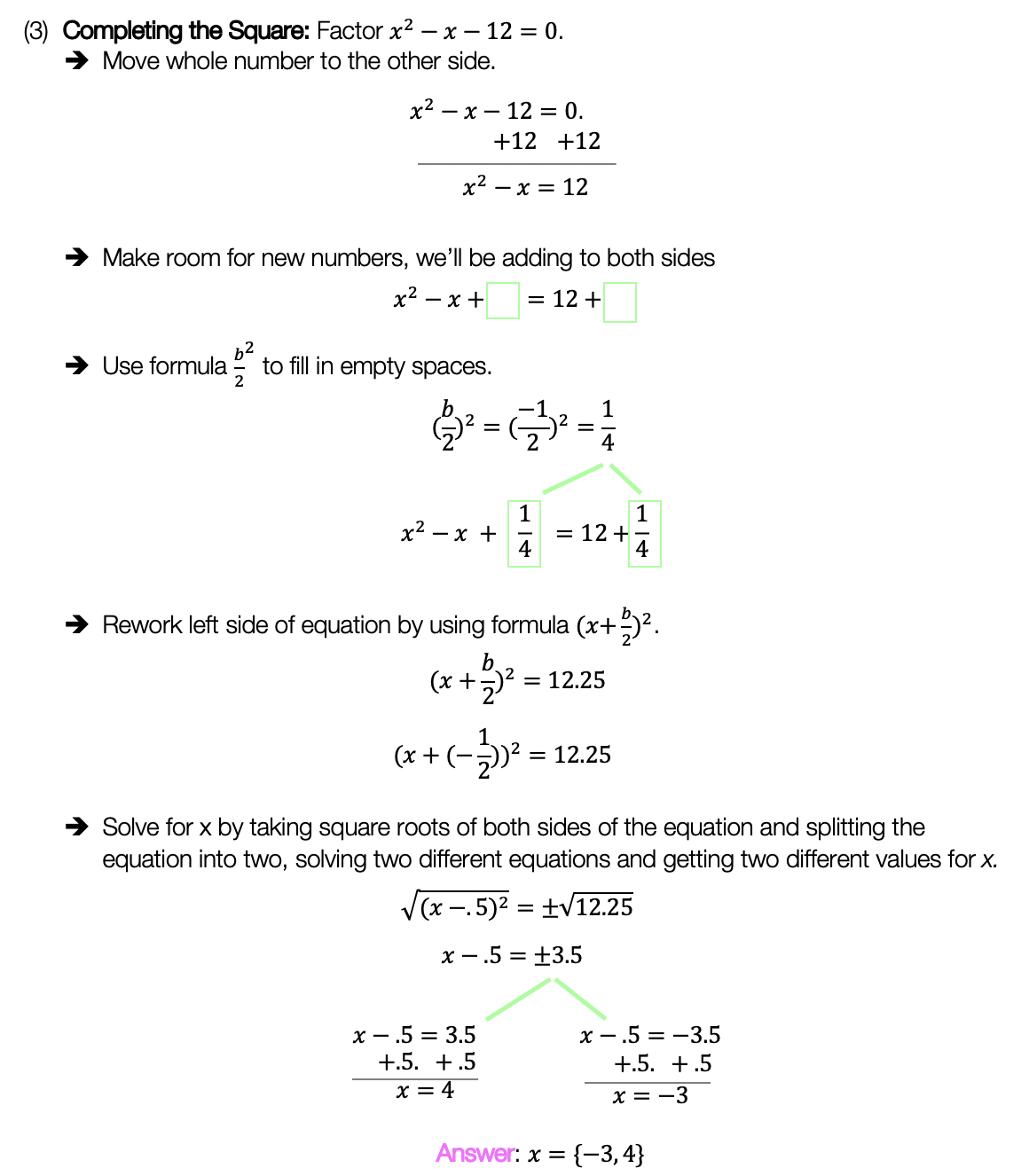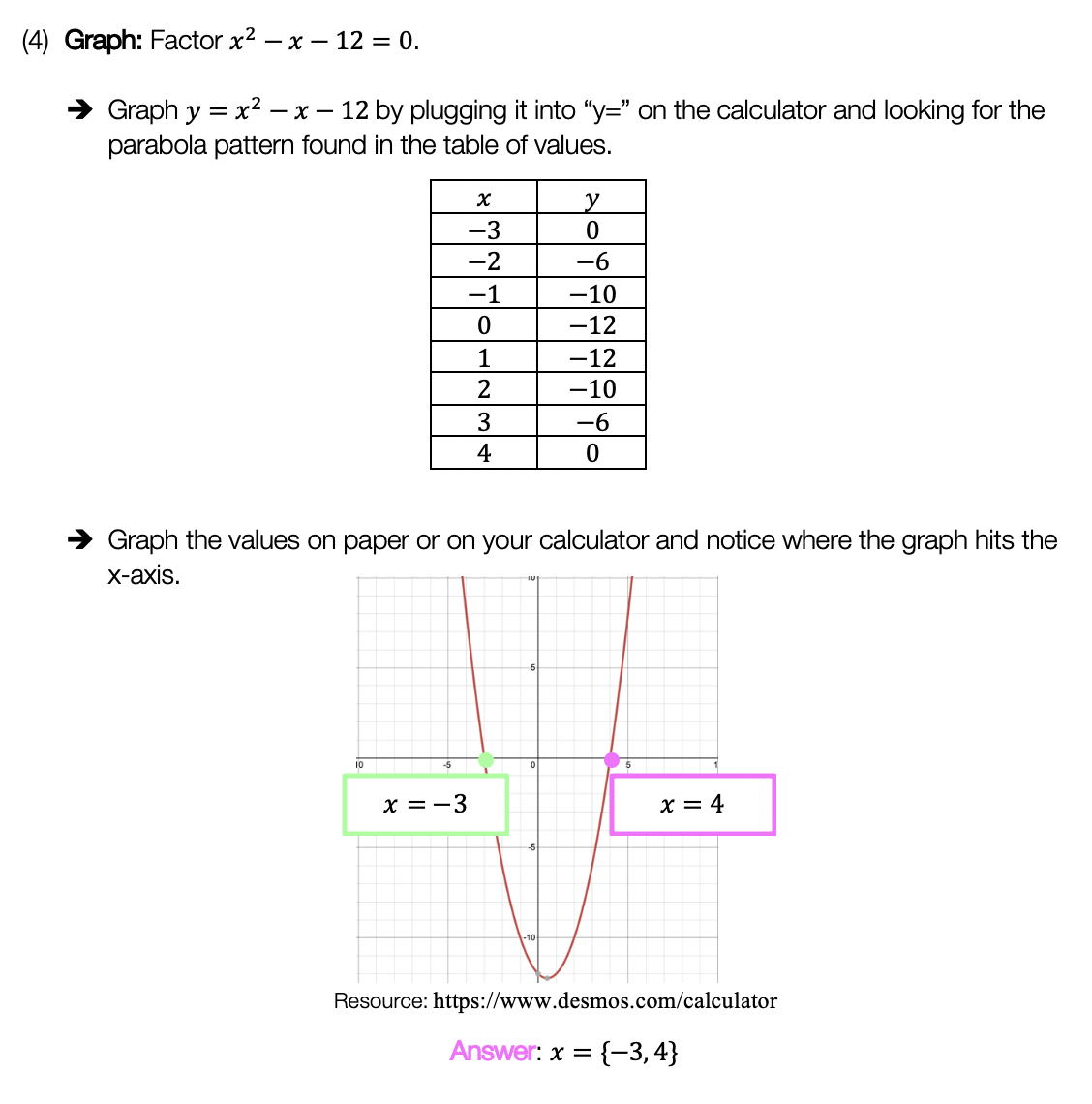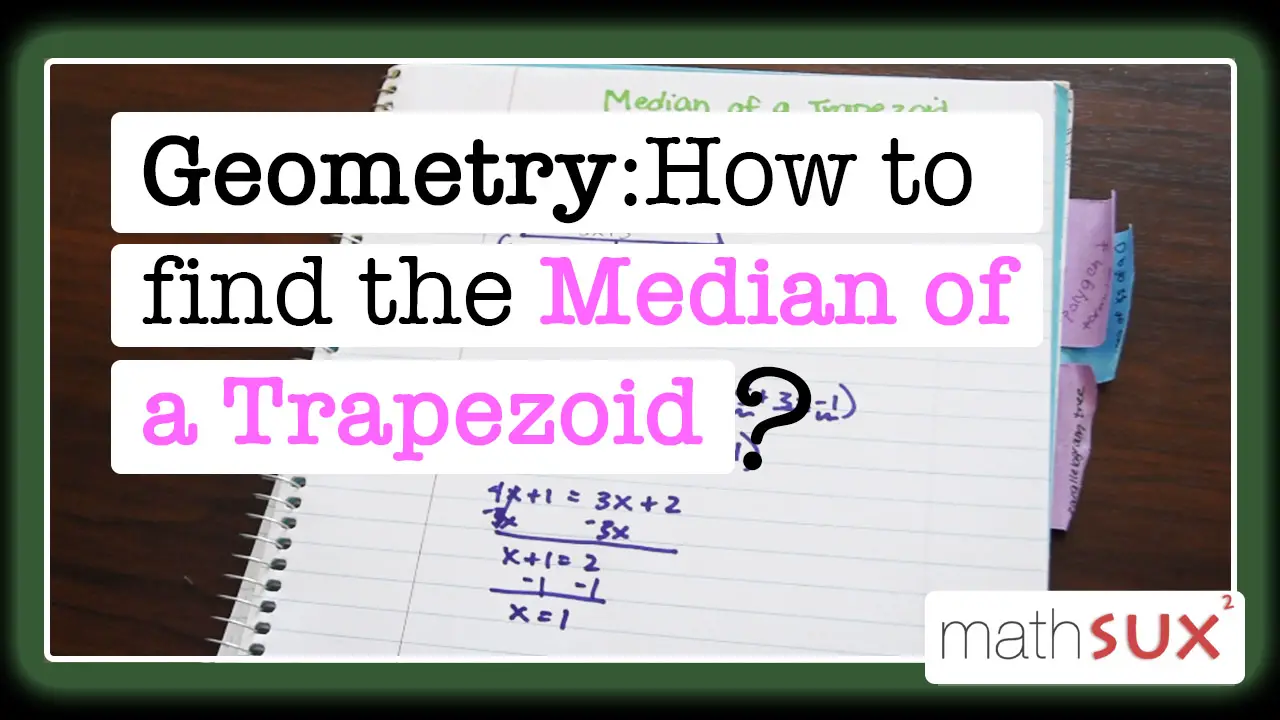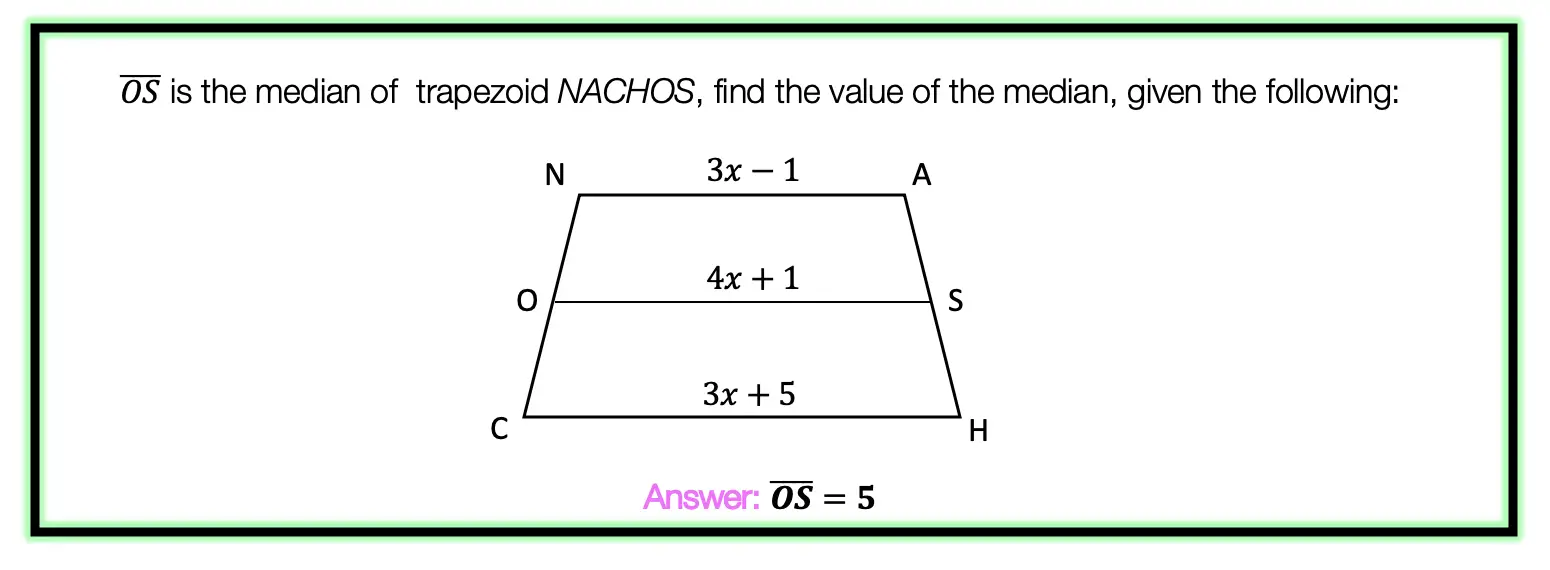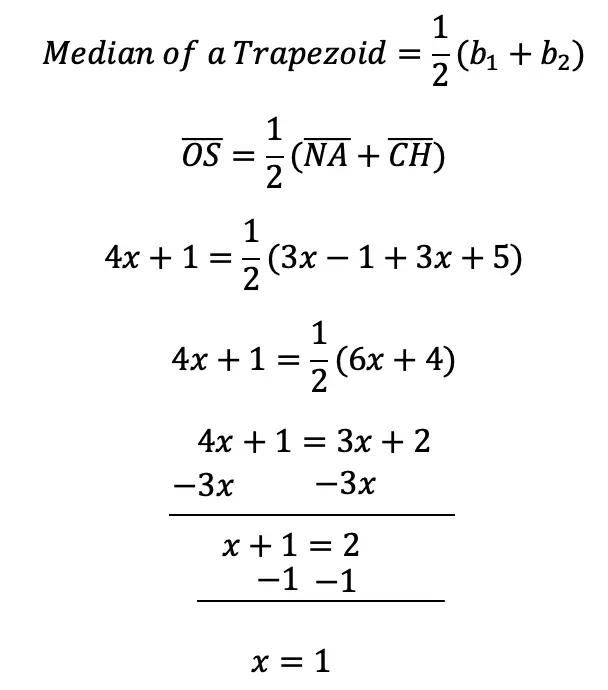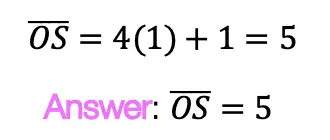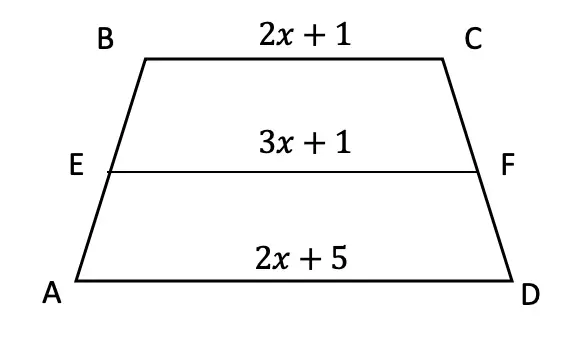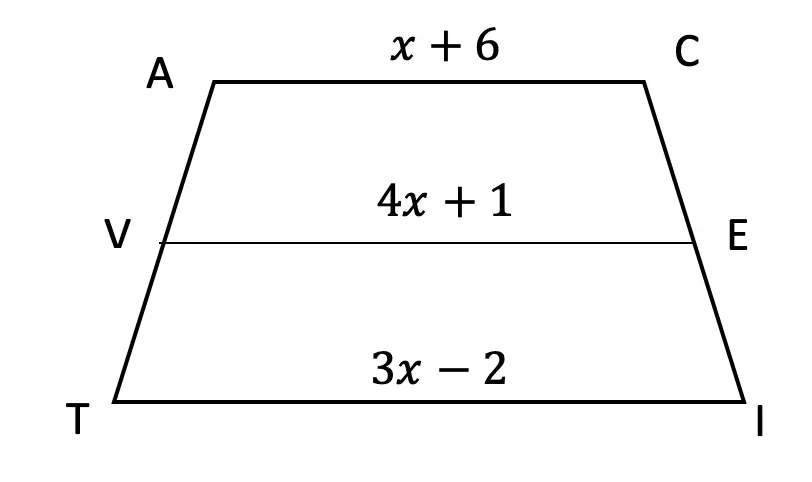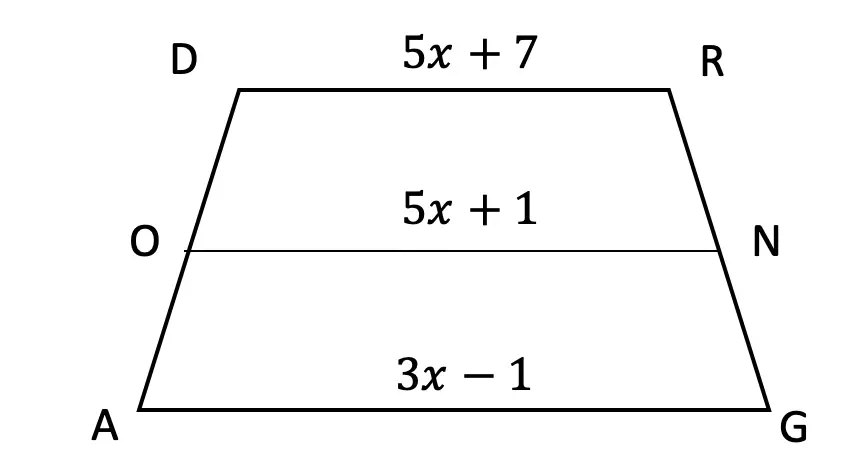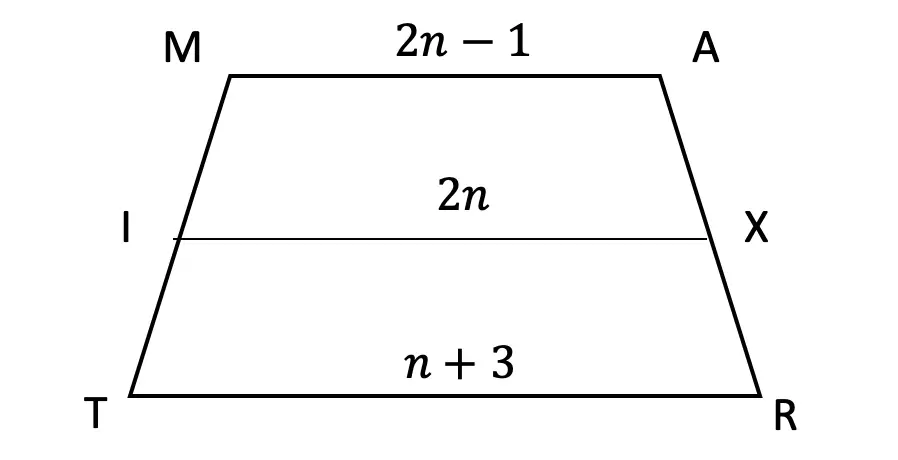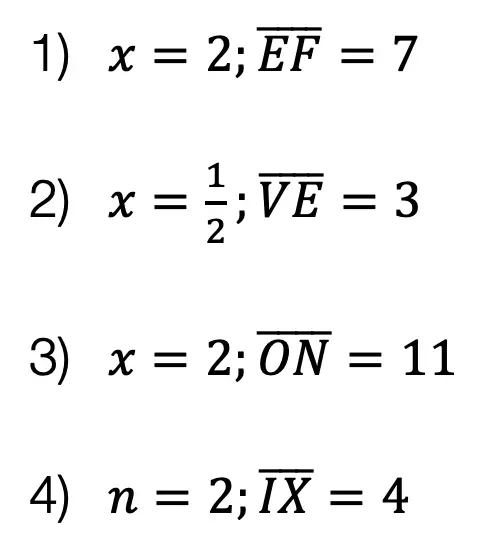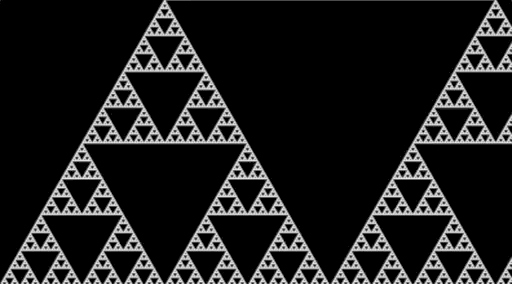Greetings, today’s post is for those in need of a piecewise functions review! This will cover how to graph each part of that oh so intimidating piecewise functions. There’s x’s, there are commas, there are inequalities, oh my! We’ll figure out what’s going on here and graph each part of the piecewise-function one step at a time. Then check yourself with the practice questions at the end of this post. Happy calculating! 🙂
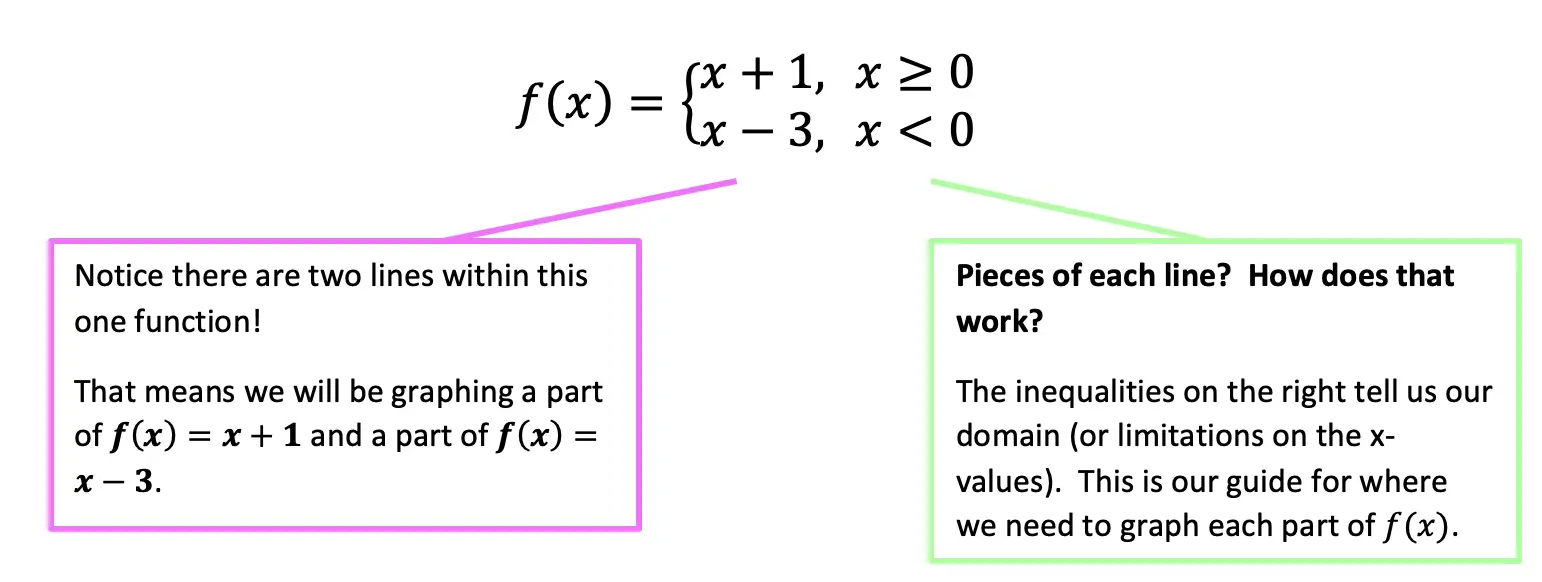
What are Piece-Wise Functions?
Exactly what they sound like! A function that has multiple pieces or parts of a function. Notice our function below has different pieces/parts to it. There are different lines within, each with their own domain.
Now let’s look again at how to solve our example, solving step by step:



Translation: We are going to graph the line f(x)=x+1 for the domain where x > 0
To make sure all our x-values are greater than or equal to zero, we create a table plugging in x-values greater than or equal to zero into the first part of our function, x+1. Then plot the coordinate points x and y on our graph.
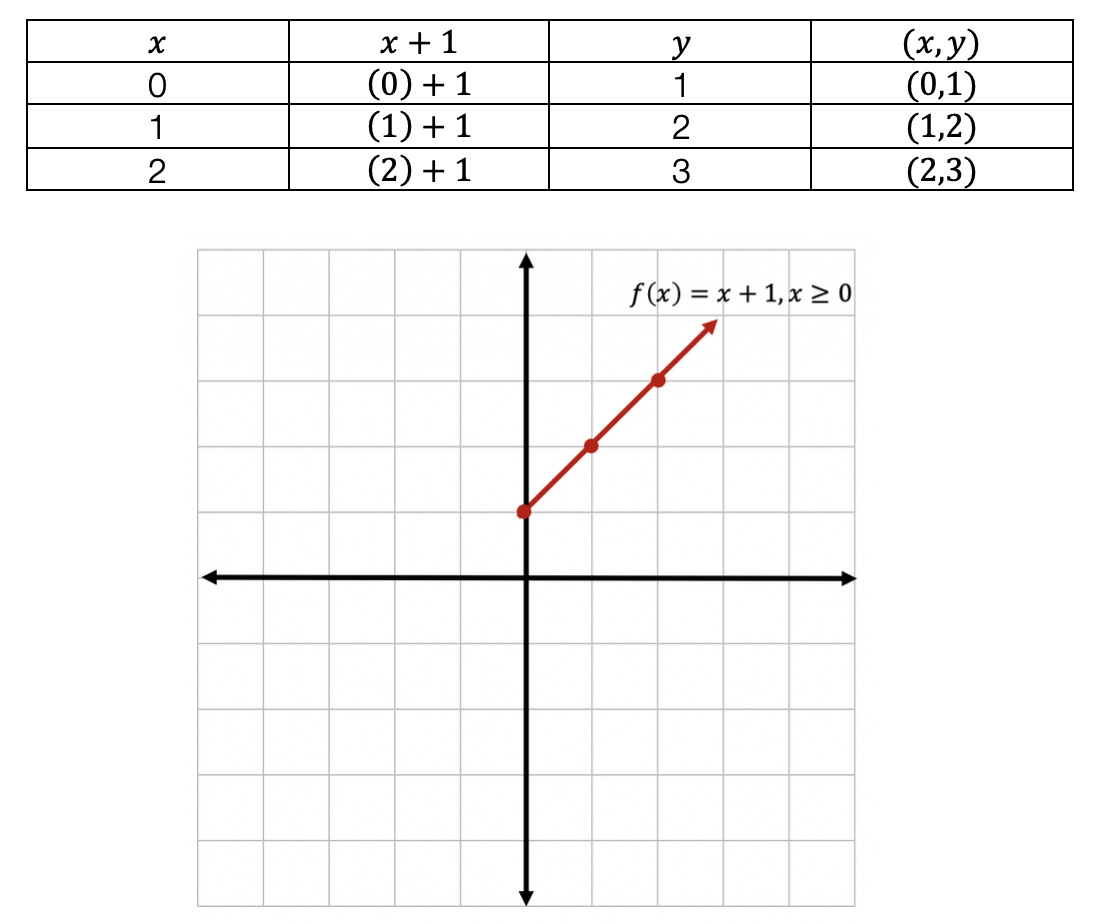

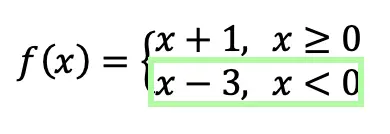
Translation: We are going to graph the line f(x)=x-3 for the domain where x < 0.
To make sure all our x-values are less than zero, let’s create a table plugging in negative x-values values leading up to zero into the second part of our function, x-3. Then plot the coordinate points x and y on our graph.
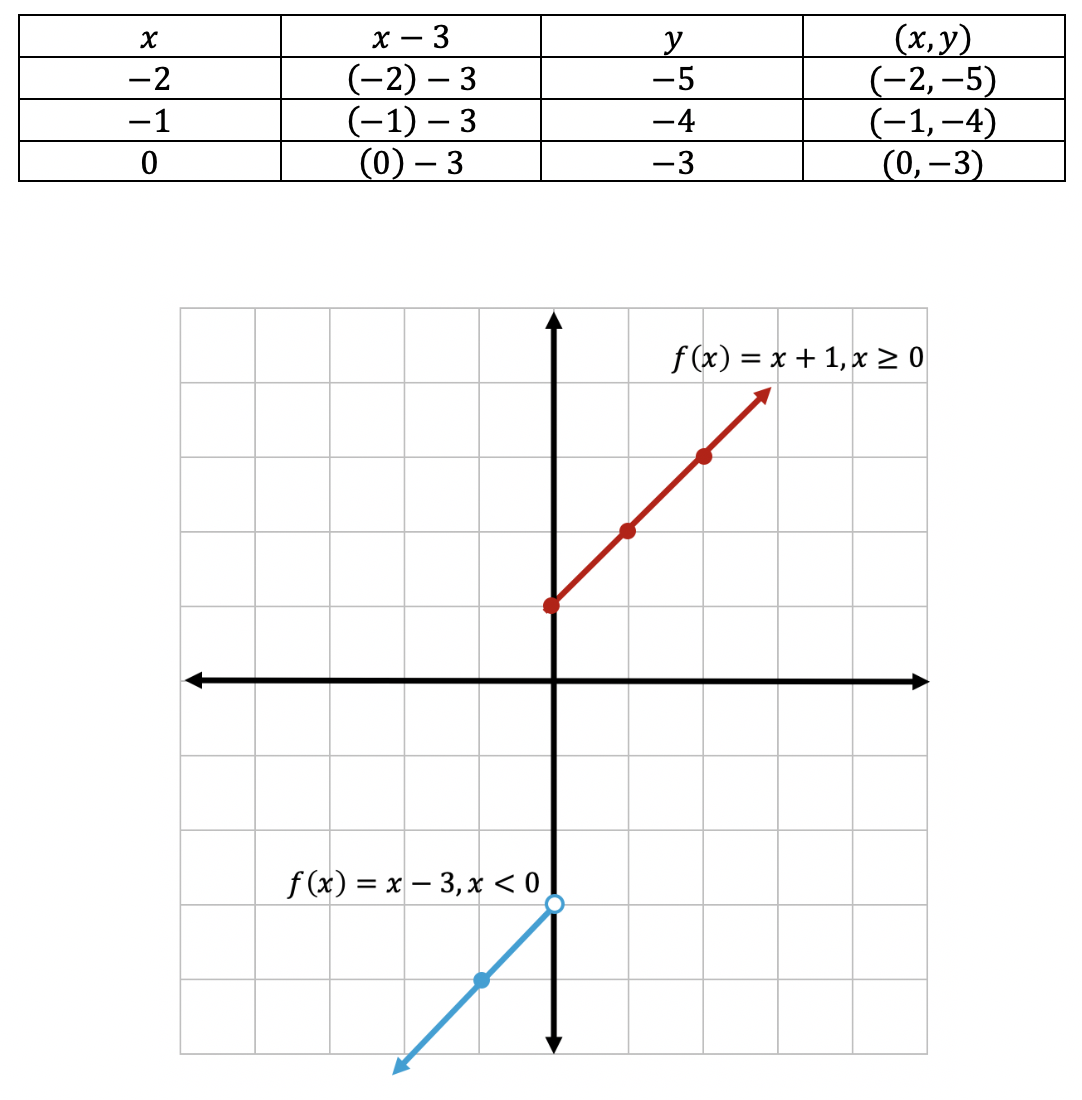
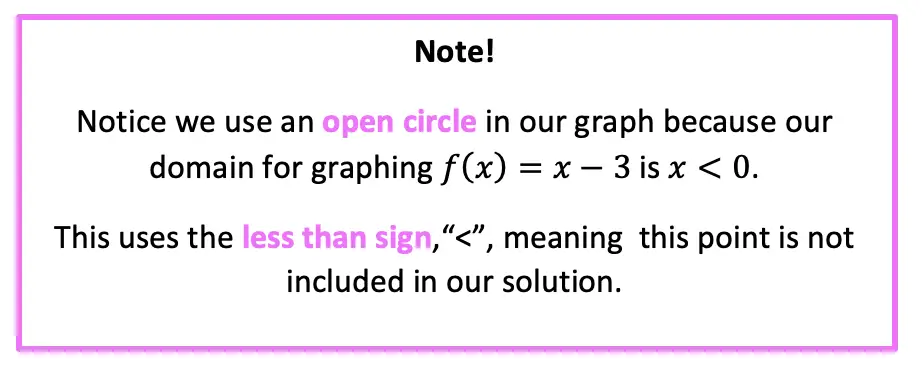
Ready to try the practice problems below on your own!?
Practice Questions:
Graph each piecewise function:
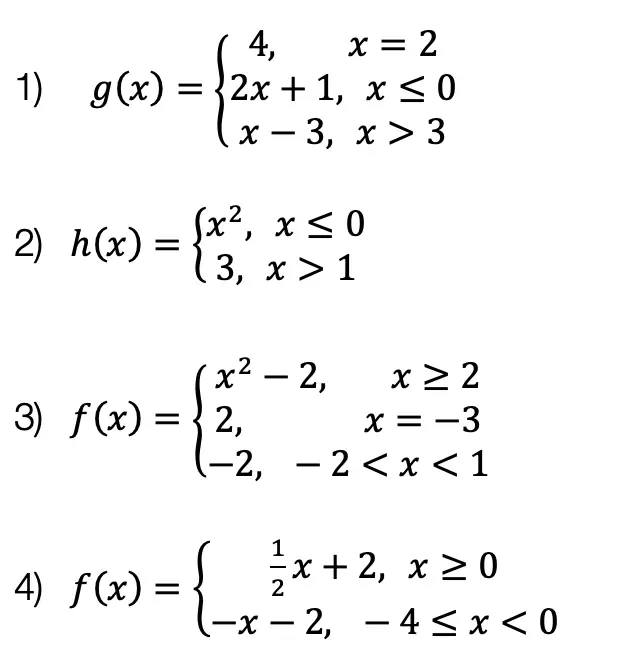
Solutions:
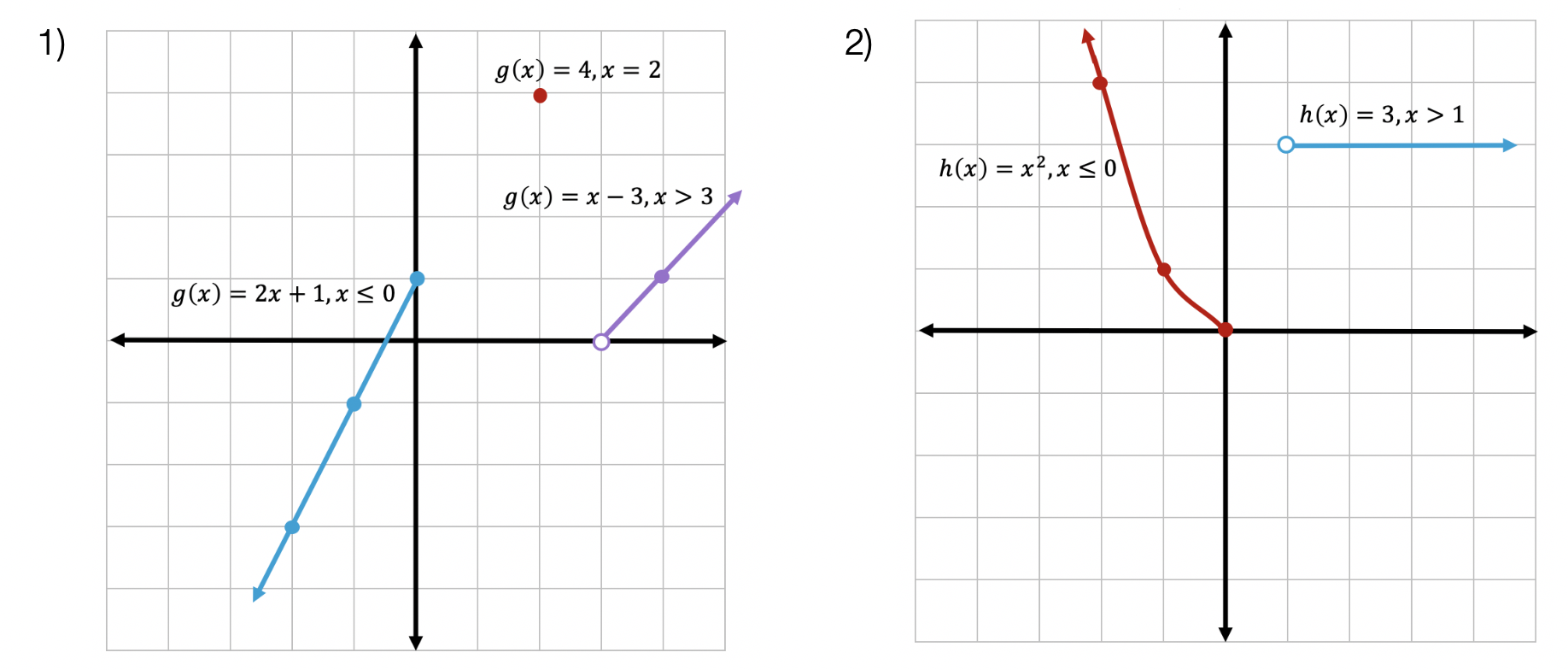
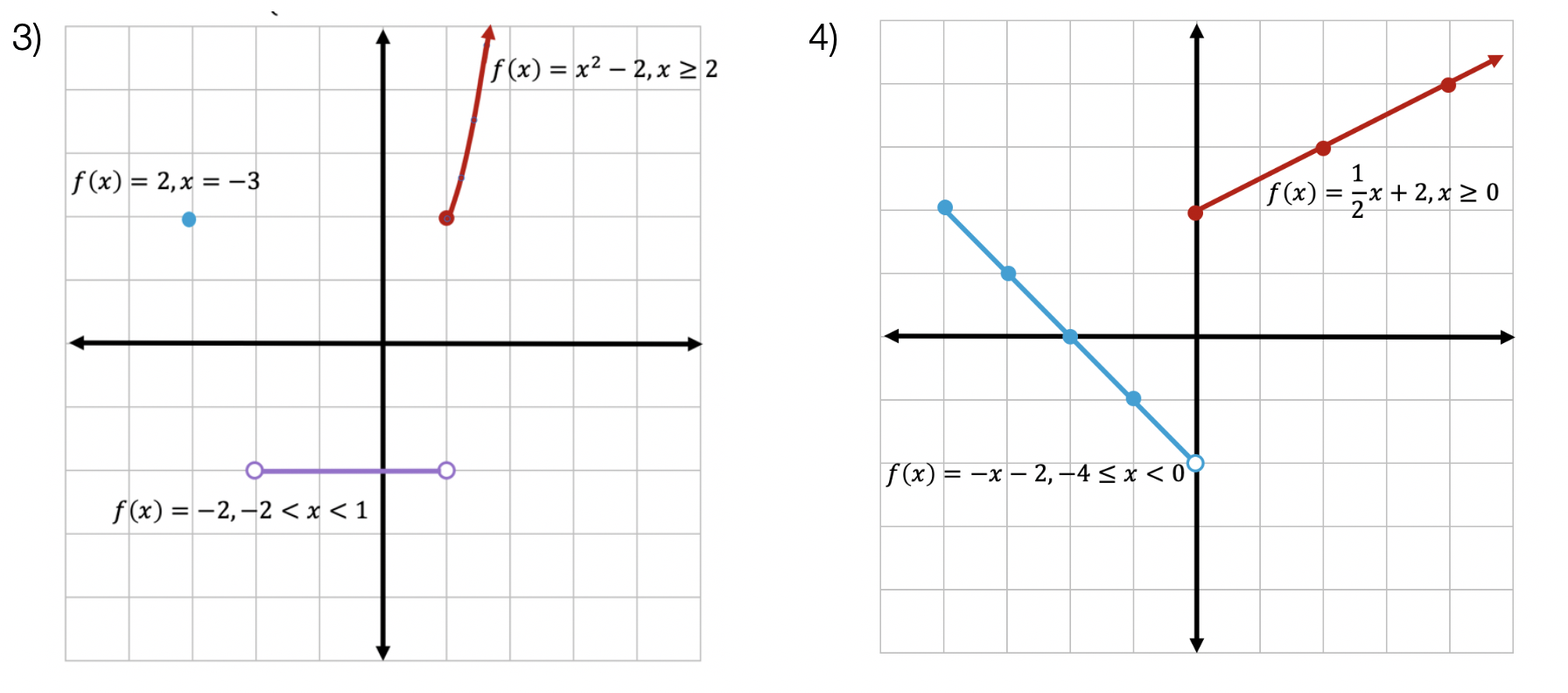
Still got questions? No problem! Check out the video above or comment below for any questions. Happy calculating! 🙂
Facebook ~ Twitter ~ TikTok ~ Youtube
***Bonus! Want to test yourself with a similar NYS Regents question on piecewise functions? Click here.

